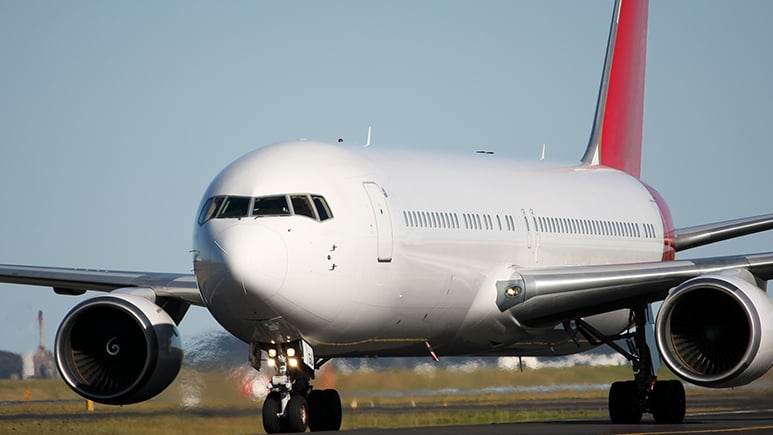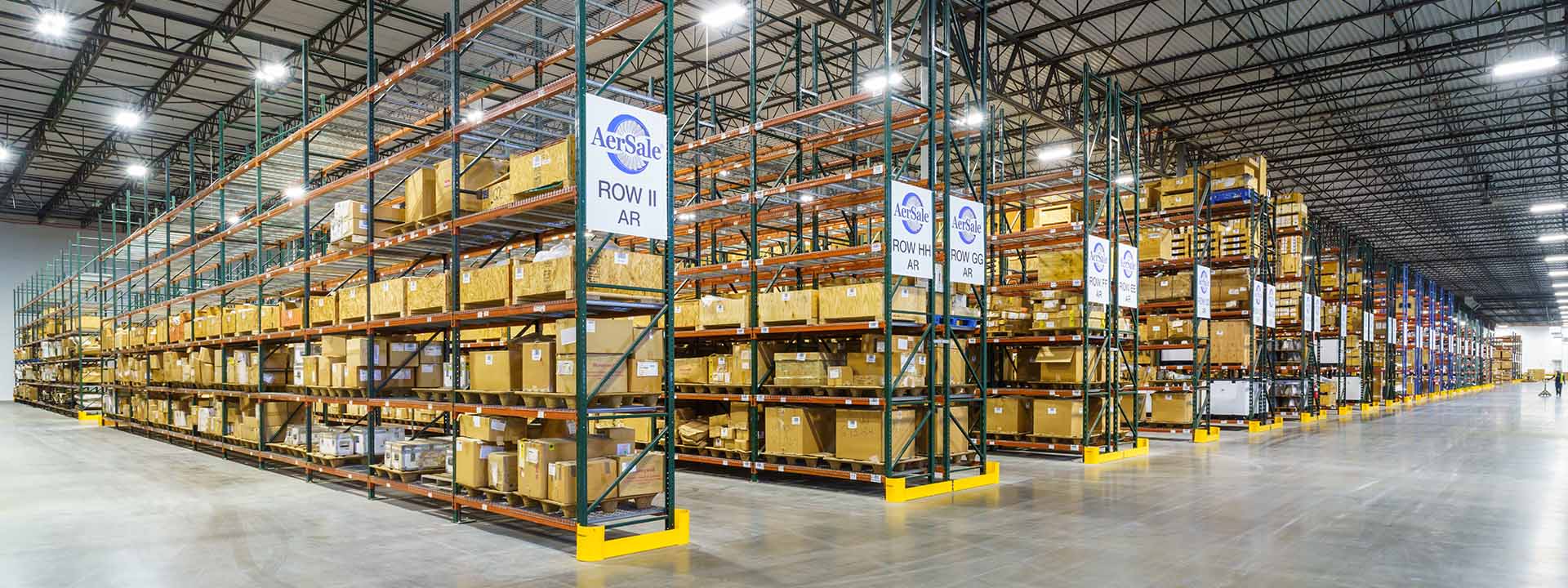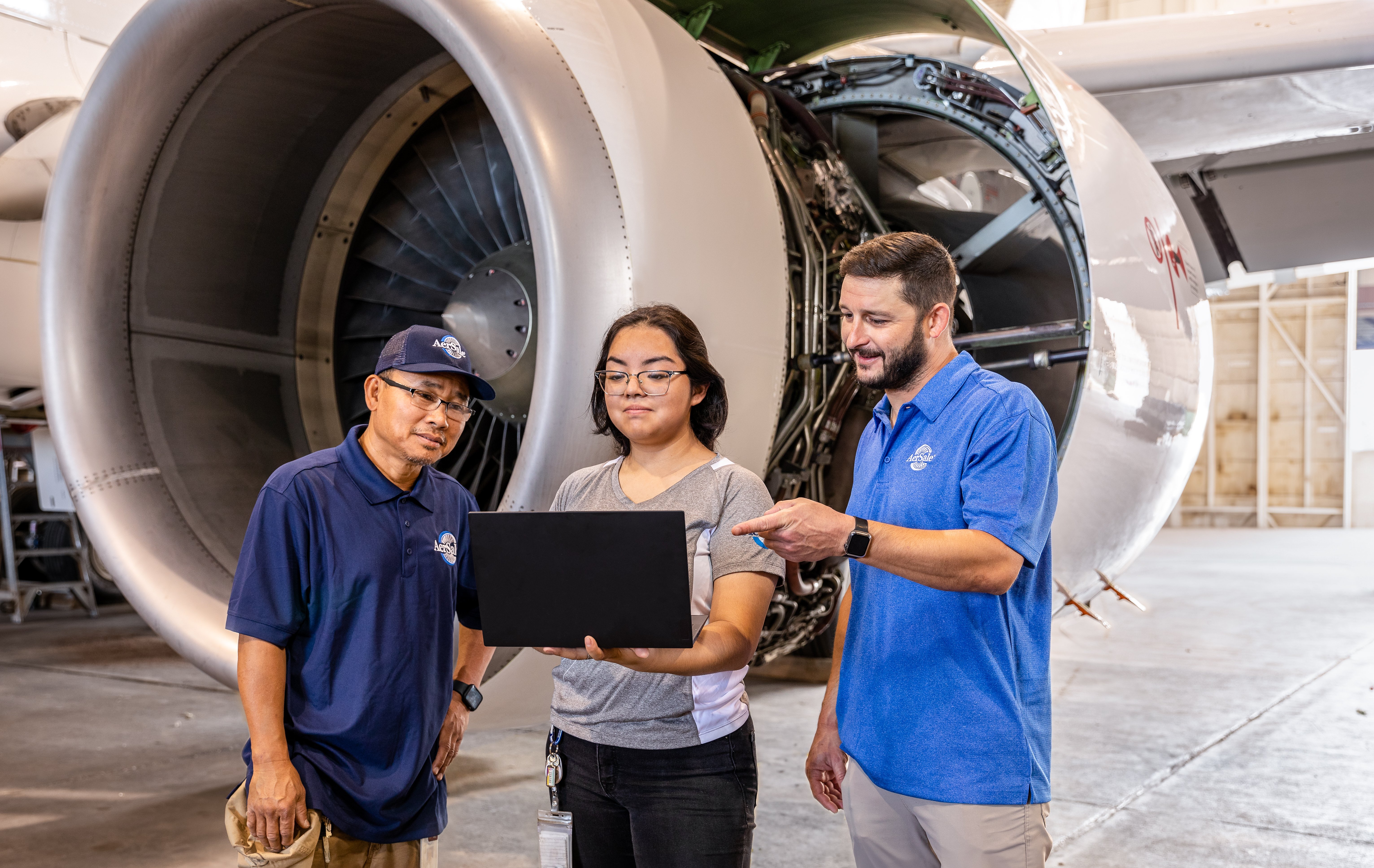From corrosion to leakages, keeping aircraft fuel systems at peak performance requires a complex, nuanced approach to Maintenance, Repair, and Overhaul (MRO). But an aircraft’s fuel system also faces another hazard: the flammability of the fuel itself. With the Federal Aviation Agency (FAA) mandate on Fuel Tank Flammability Reduction—better known as the FTFR rule—ignition mitigation solutions have become top of mind for airlines seeking a comprehensive strategy for fuel tank MRO, FAA compliance, and ultimately, safety.
The History of the FTFR Rule
In 1996, TWA Flight 800 crashed minutes after takeoff from Kennedy International Airport in New York. The result was the third-deadliest accident in U.S. aviation history; the cause was an explosion in the center wing fuel tank due to the ignition of flammable fuel vapor.
In addition to verifying the cause of the accident, the National Transportation Safety Board (NTSB) investigation into TWA Flight 800 revealed a key finding on fuel tank safety: designs that rely solely on the elimination of ignition sources, the board stated, are “fundamentally flawed because experience has demonstrated that all possible ignition sources cannot be predicted and reliably eliminated.”
Five years and much debate later, the FAA passed the Fuel Tank Safety (FTS) rule, which set the stage for 2008’s FTFR rule. Under the FTFR rule, all passenger aircraft with high-flammability fuel tanks must adopt either a nitrogen inerting system or an ignition mitigation solution to prevent fuel tank explosions. The mandate extends to all passenger aircraft flying within or into the U.S. and operating under FAR Part 121, including 737s, 747s, 767s, 777s, Airbus A300s/A310s, models in the A320 family, A330s, and A340s.
FAA Requirements for Fuel Tank Ignition Mitigation Solutions
A key factor in reducing the risk of fuel tank ignition is controlling the formation of flammable vapors and/or oxygen within the tank’s ullage space—the volume in the fuel tank above the fuel itself. A wide range of variables, from fuel type and temperature to fuel tank pressure and design features that increase the risk of fuel mists, can contribute to the formation of these flammable vapors.
With the FTFR rule, a number of solutions have entered the market that aim to control the level of oxygen in an aircraft’s ullage. Nitrogen inerting systems feature an air separation module (ASM) with a permeable membrane that allows oxygen to flow out and nitrogen to flow in, thus reducing the risk of a fuel tank explosion. Fuel tank ignition mitigation solutions, on the other hand, typically use polyurethane foam to line the cavity of an aircraft’s center fuel tank. This mitigates the effects of fuel vapor ignition and ensures an explosion does not occur. One benefit to choosing a fuel tank ignition mitigation solution over a nitrogen inerting system is the lack of an ASM. ASM components require frequent maintenance and often, full replacement due to the effects of high levels of ozone.
The use of foams to control the pressure following fuel vapor ignition has been effective in many military applications, including in the United States Air Force and on several civilian transport category airplanes. To achieve FTFR rule compliance, a foam installation must be proven to suppress explosions to a level that prevents structural and system damage, according to the FAA.
Choosing the Right Fuel Tank Ignition Mitigation Solution
To help our customers streamline FTFR rule compliance, AerSale® developed AerSafe®—a proprietary, FAA-approved fuel tank ignition mitigation solution. AerSafe uses custom-designed foam blocks that meet the exact tolerances required to fill the fuel tank cavity of Airbus 319, 320, and 321 series, and Boeing 767, 737 NG, and 737 CL series aircraft. By mitigating the effects of fuel vapor ignition, AerSafe prevents an explosion from occurring.
Cost effective, quick to install and virtually maintenance-free, AerSafe is FAA approved for aircraft including:
- Airbus 319 and 320 (FAA STC No. ST04010NY)
- Airbus 321 (FAA STC No. ST04010NY and EASA STC No. 10065226)
- Boeing 767 Series (FAA STC No. ST03599NY)
- Boeing 737 NG Series (FAA STC No. ST02980NY)
- Boeing 737 Classic Series (FAA STC No. ST03589NY)
As the nation’s fleet reaches an average age of 12.4 years, commercial airlines must balance the cost and efficiency of retrofitting their fleet to meet the FTFR rule. The AerSafe system can be transferred from one aircraft to another, making it an ideal solution for aircraft with a decade or less remaining in their service life.
Contact us today to discover how AerSafe will get your aircraft in compliance with the FTFR rule faster and with less cost and downtime—and keep your fuel system operating at peak performance.





